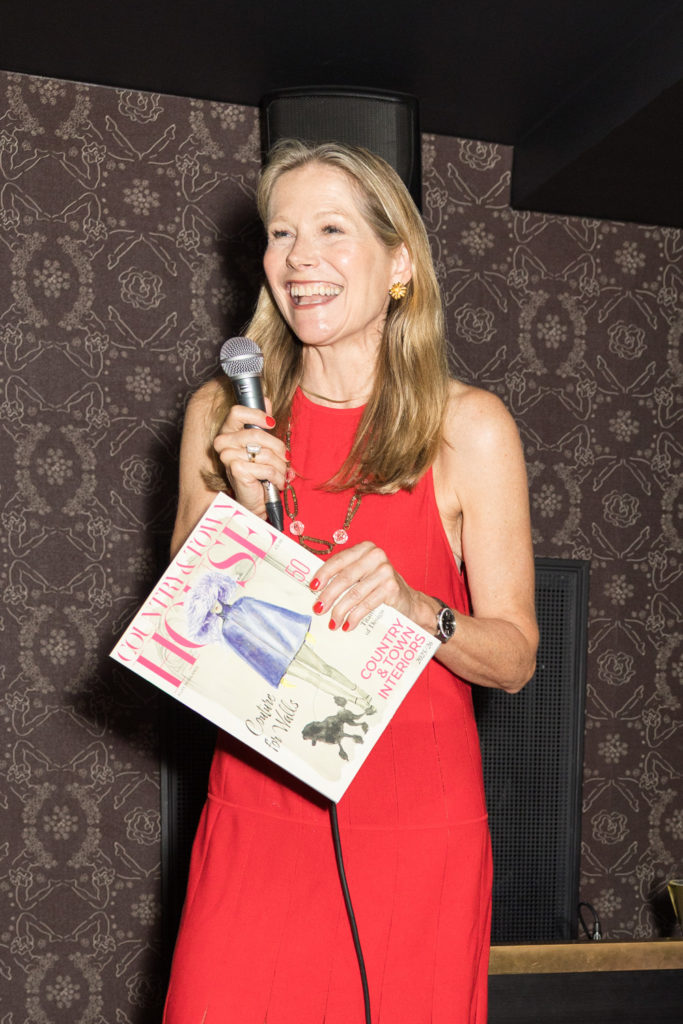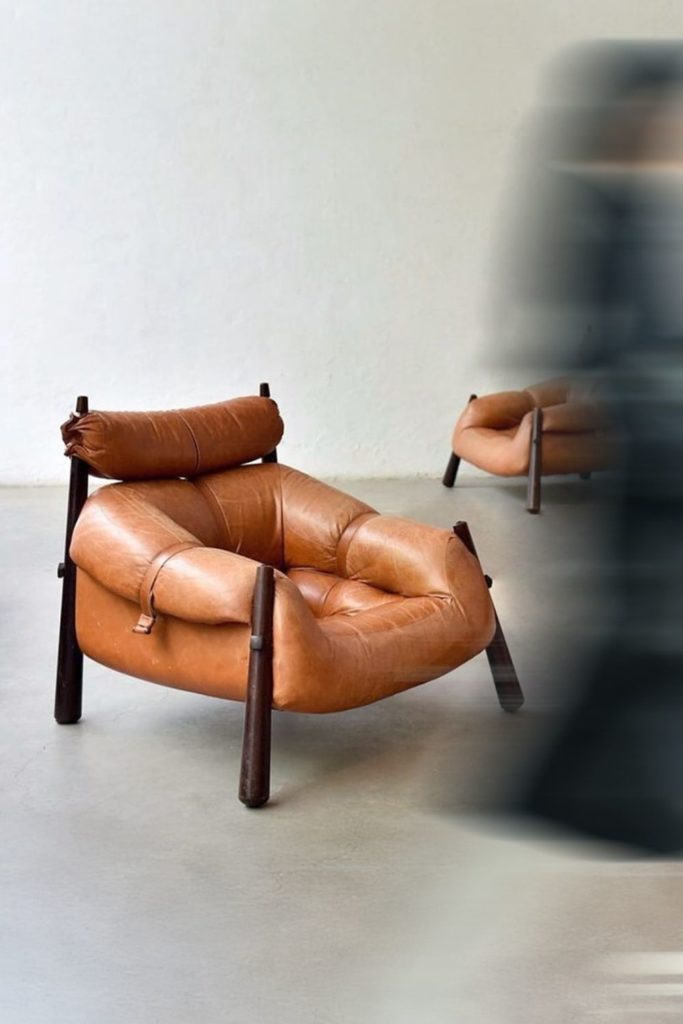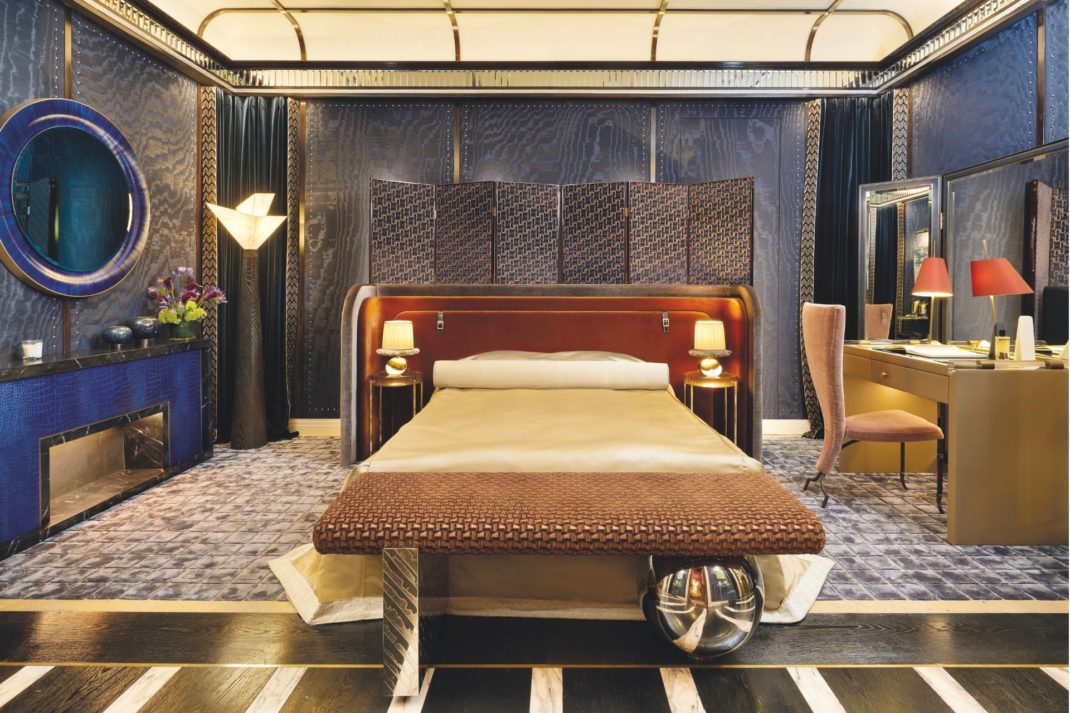Female Interior Designers Are Making Waves in Hotel Design
By
3 years ago
Seriously playful women are changing up the interiors game
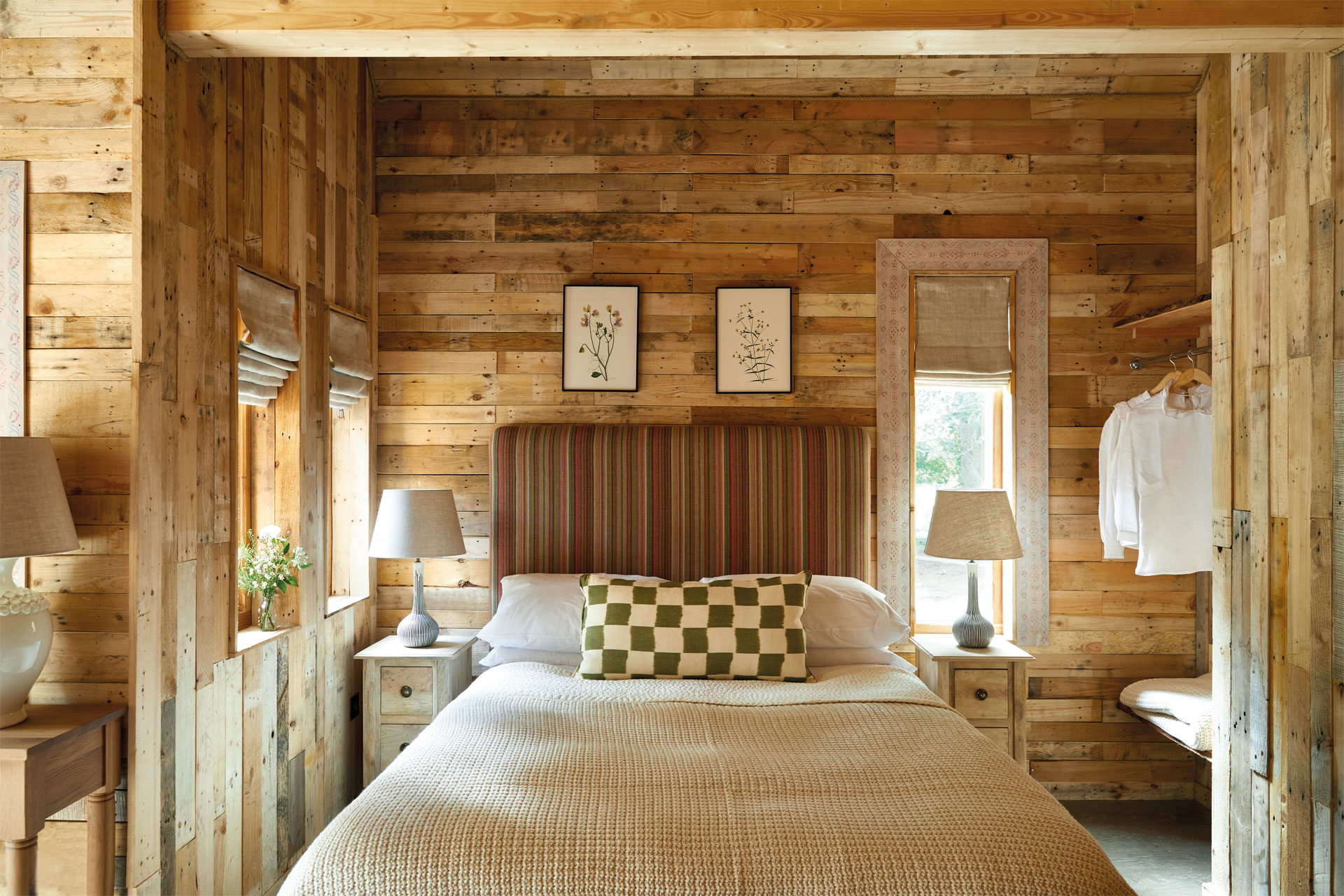
Bold colour blocking, fluid shapes, tassels and trims – hotel interiors are getting seriously playful thanks to a clutch of imaginative female designers, says Emma J Page.
The female interior designers who are playing with convention.
Step into the dining room at Derbyshire’s Callow Hall and you’ll find yourself face-to-face with a floor-to-ceiling woodland wall mural. Painterly treescapes, a lake, craggy stones, the familiar shapes of the Peak District – all are represented here in a palette of yellows, cognacs, oranges and greens. The work of artist Melissa White, in collaboration with interior designer Isabella Worsley, is a pretty good metaphor for the current landscape in hotel design: playful, richly drawn and a little bit otherworldly.
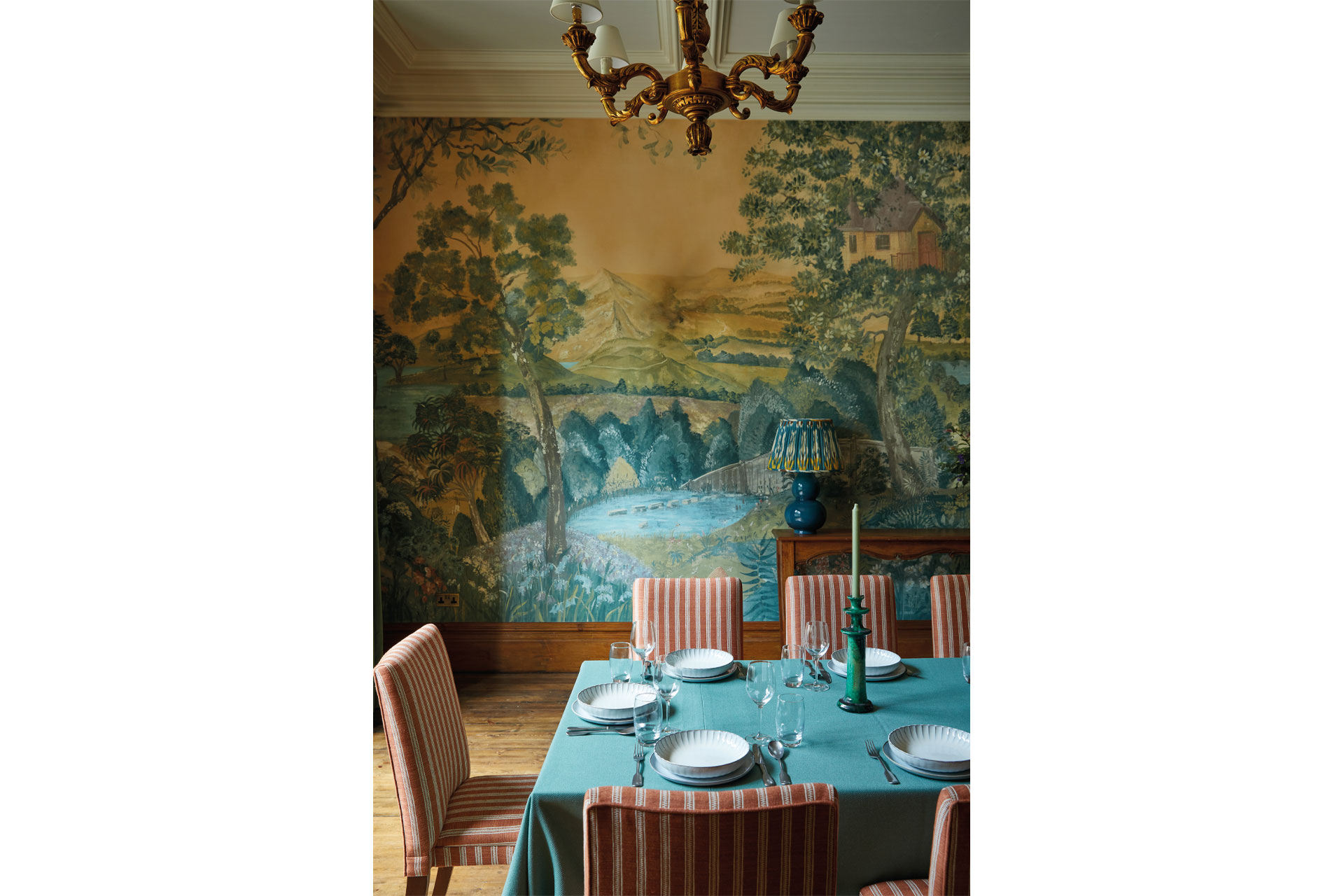
The mural wallpaper in the dining room of Derbyshire’s Callow Hall was painted by artist Melissa White.
Our desire for escapism mixed with a dash of domesticity has accelerated over the last two decades. Recently, a handful of new hotels have taken that blueprint and intensified it, combining familiar design motifs with a hint of Alice in Wonderland. And many of these schemes have been designed by women, whose studios are just as used to undertaking home renovations as they are commercial. ‘My approach to both is relatively similar and often, when commercial clients come to us, they don’t want something that feels too much like a hotel; they want to recreate the warmth and intimacy of a private home,’ reflects Nicola Harding, the eye behind London’s Beaverbrook Town House and Hampton Court’s The Mitre. ‘The difference is that with a hotel everything can be dialled up a notch or two. That’s because we tend to want them to deliver on an amplified level, to have more impact, more of a sense of wonder and adventure.’
Defined by a loosened up, relaxed sensibility, many of these hotel interiors feature the kind of details often associated with a feminine aesthetic, from tassels and trims to hand-painted lampshades. But Nicola thinks it’s less about gender and more about a desire to embrace colour, drama and storytelling. ‘There’s a move in hotels towards something warmer, nurturing and more meaningful, perhaps qualities that have traditionally been associated with femininity, but hopefully now are celebrated across all genders,’ she says. ‘We’re at a point in history where society is looking for more diversity than there has ever been, and this applies to every aspect of life, interior design included.’
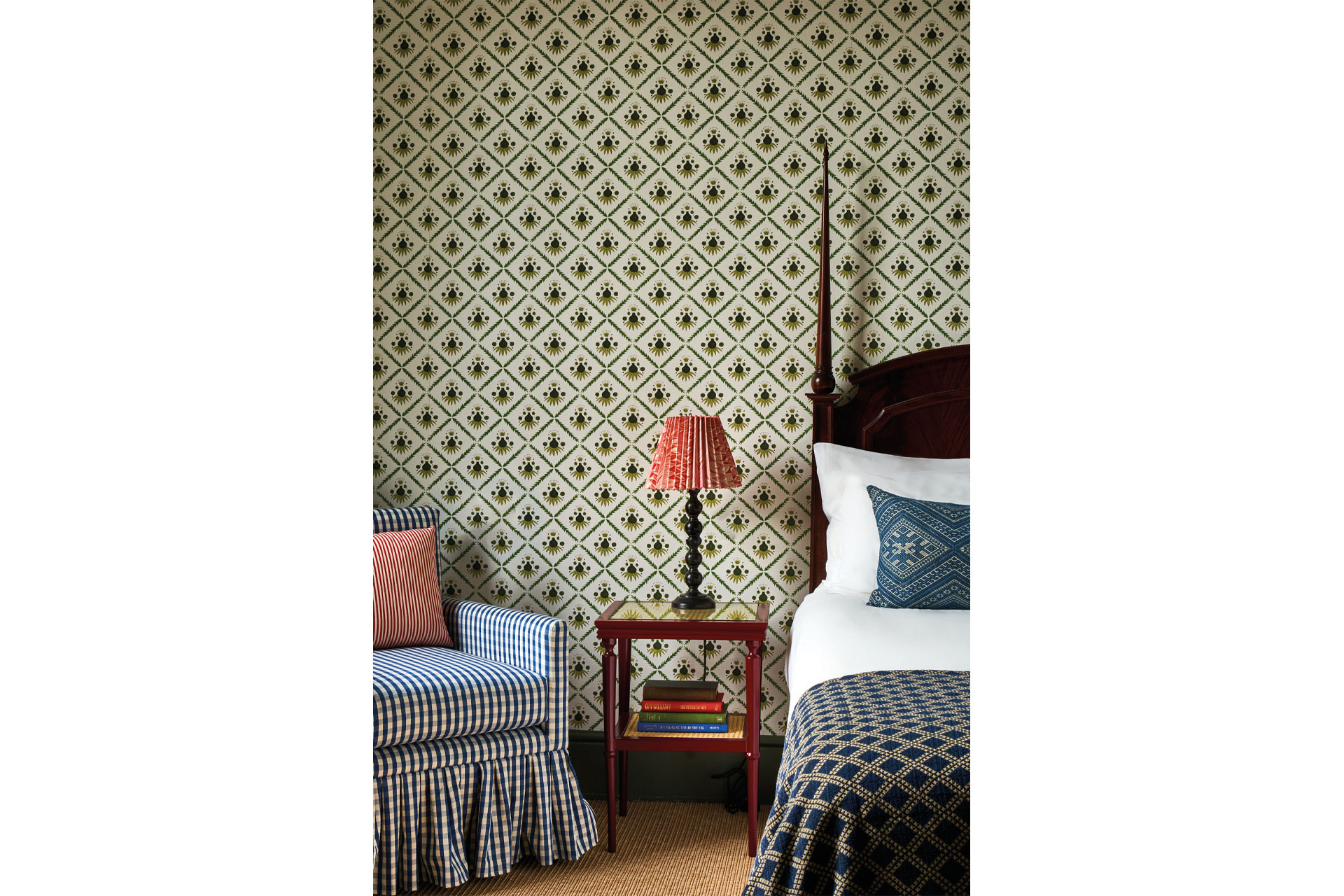
One of the bedrooms at The Mitre, designed by Nicola Harding.
A sense of inclusion is something that Isabella Worsley assimilated when she worked with grande dame of hotel design Kit Kemp, known for her colourful, textured schemes across a host of hotels from Ham Yard to The Soho Hotel. ‘It’s about gathering as many ideas and influences as possible,’ she thinks. ‘Kit taught me to weave stories through colour and pattern. She also encouraged scaling up.’ That emphasis on storytelling can be seem in the woodland cabins that Isabella has recently designed at Callow Hall, which she describes as having a ‘homespun narrative’, with stencilling around doors and windows by Sussex-based decorative artist Tess Newall.
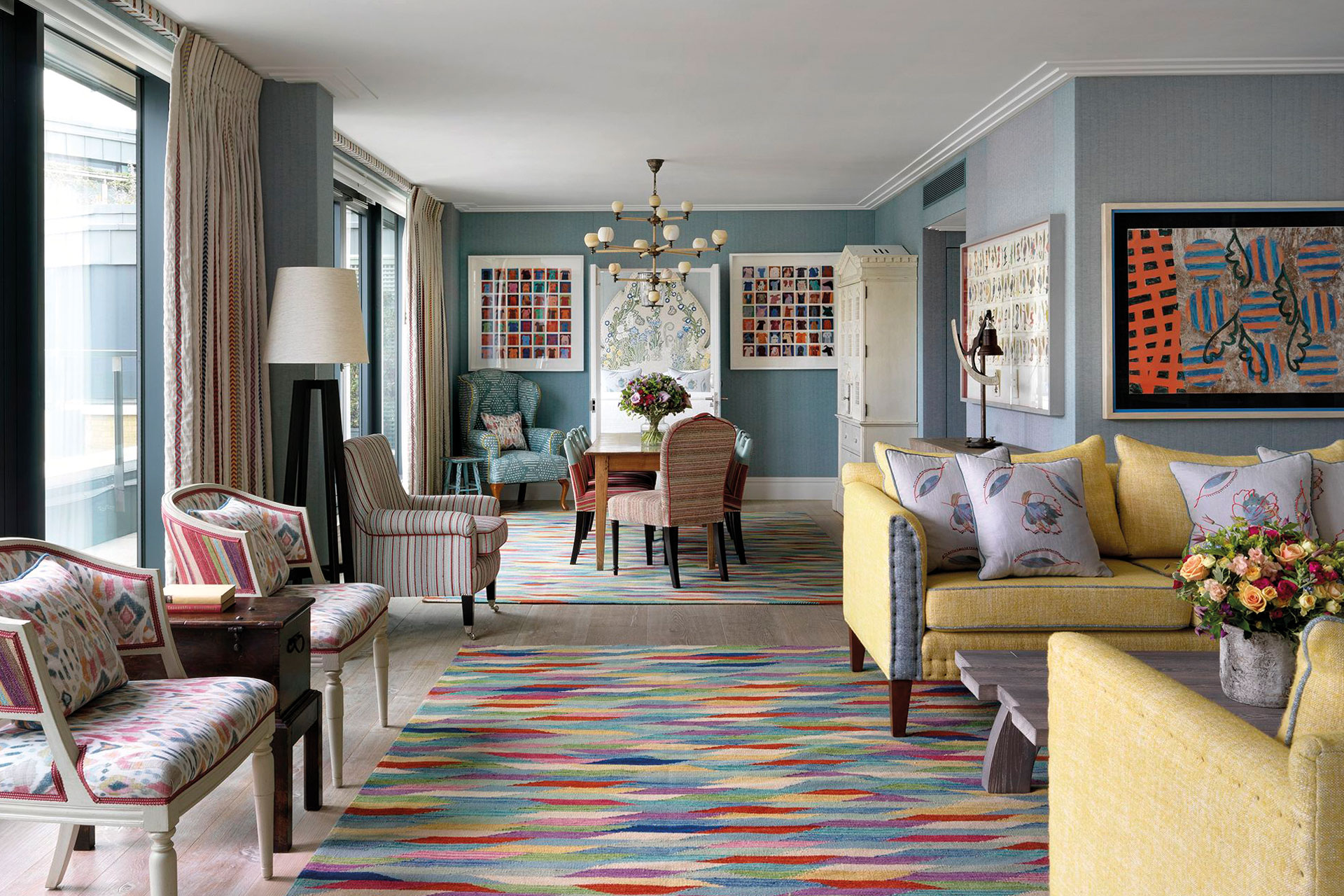
One of Kit Kemp’s suites at the Ham Yard Hotel.
For Kit herself, there’s a strong correlation between home and hotel design in terms of welcome. ‘Prior to launching Dorset Square Hotel in the 1980s, I never liked staying in hotels,’ she says. ‘They were either of the corporate or the soggy bathroom carpet variety. We wanted to create something entirely different; spaces that you’d be curious to explore. Anouska Hempel had done it with Blakes but there were few other females in the industry. When we designed the Charlotte Street Hotel for example, I was inspired by its Bloomsbury setting and the artistry of Vanessa Bell.’
That colourful, off-the-cuff feel is still the benchmark for enticing hotel design. It’s something that designer Susie Atkinson embraces, whether creating the whimsical forest lodges at Lime Wood or punchy interiors for Soho House, both in the UK and abroad. ‘For me, it’s about guests being able to open the door to a room and take in the look, scent, feel and sound,’ she says. ‘I enjoy sometimes taking feminine design cues to the extreme. For example, at Soho House Berlin I used a Jean Monro floral print on a black background on chairs for an almost 1940s still life look. It felt the opposite of “twee” yet it provided a softening counterpoint to a utilitarian, ex-department store space.’
More recently, hotel design has pushed the envelope even further with interiors that riff on the natural world, appeal to our sense of wellbeing or play with clashing colours, bold silhouettes and dramatic scale. The Other House, a London residents’ club opening this spring, plays with all of those motifs and more. ‘The spirit of English eccentricity was our starting point,’ says its designer Marie Soliman. ‘We were inspired by beguiling gardens, interesting architecture and arches. So it all feels fantastical and flamboyant, yet relaxing and comforting too.’ Dotted with full-height faux orchid lights crafted from glass and brass, this is a space which playfully references the abundance of flora and fauna.
Post pandemic, connection to the natural world has become a must. At The Grosvenor in Stockbridge, Lottie Keith has thoughtfully redesigned the interiors and the garden to exist in harmony. ‘Sitting in the shade of an apple tree and listening to water running – that’s a moment of serenity and an instant mood-booster,’ she says. ‘Nature actually has a very vibrant colour palette and so our interiors reflect that too, with their oranges, blues and greens.’
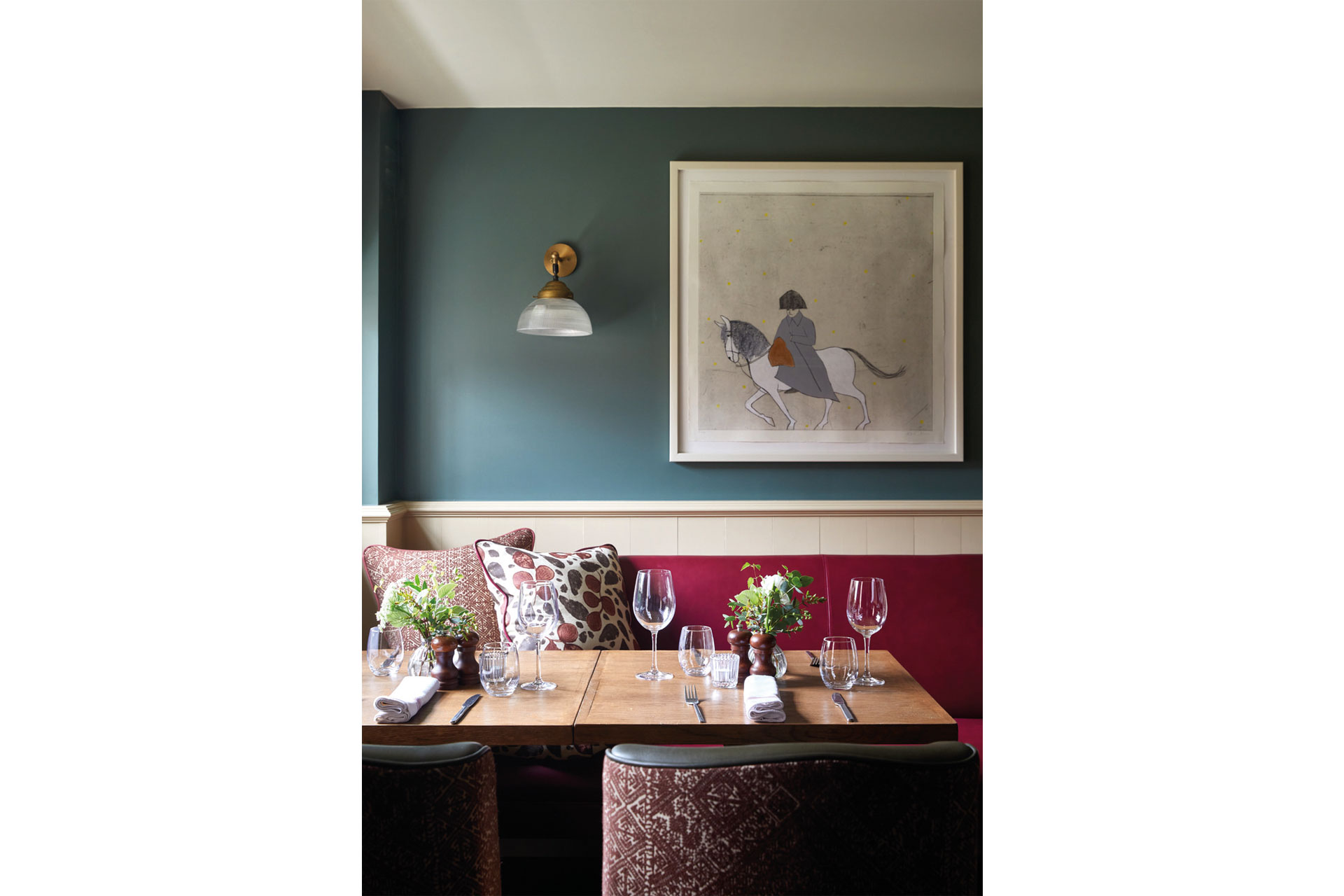
The dining room at The Pheasant, by Isabella Worsley.
Rewriting the rule book is evident in several other female-designed hotels, from the warm, fluid lines seen at The Henrietta, thanks to French designer Dorothée Meilichzon (‘I’m often told that my interiors are feminine – probably because I use a lot of round shapes and enjoy maximalist décor’) to the playfully clashing fabrics at Olga Polizzi’s country inn, The Star in Alfriston.
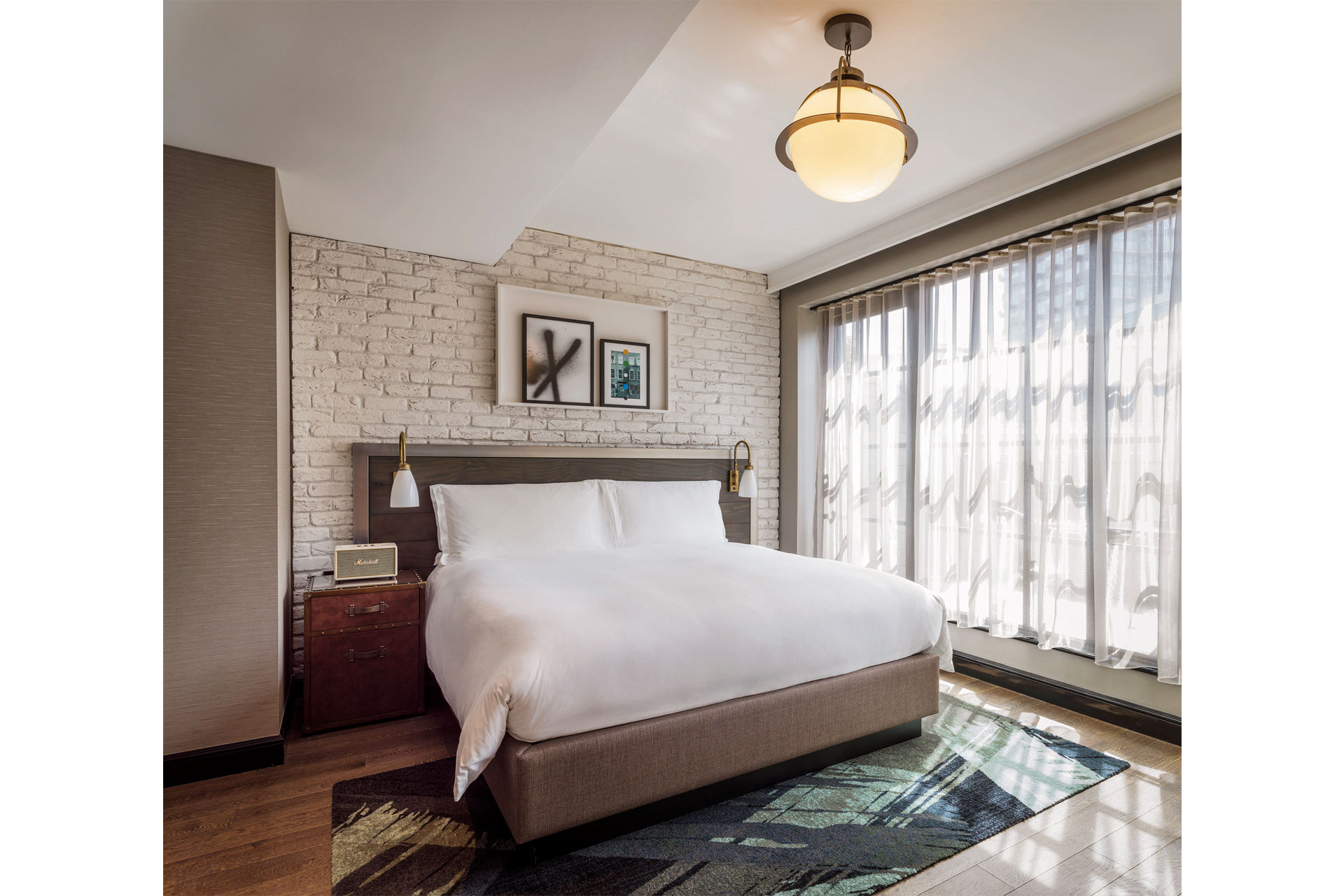
A bedroom in the Mondrian Shoreditch, designed by Jo Littlefair.
With this new, vibrant sensibility comes a feeling that hotel interiors, though experimental, should also stand the test of time, gently evolving with the needs of their guests. Jo Littlefair, the design eye behind newly opened Mondrian Shoreditch, believes that the best improve over time. ‘Tracking changes in the behaviour of society as a whole is key to designing appropriately for the present and the future,’ she reflects. ‘Women understand nuances in emerging behaviour that ultimately affect the position of a plug socket, the depth of an armchair and the light around a dressing table. I know I am inclined to soften spaces using warm textures, curved edges and materials that I can’t resist touching. I consider the spaces I create with an eye on the emotion I want to elicit.’ Of course, that delicate balance between emotion and practicality is never confined to the mind of any one gender, but where there’s warmth, there’s hospitality. ‘It all comes down to that,’ agrees Dorothée Meilichzon. ‘I always go back to how my mother and my grandmother made people feel welcome. That’s still something I love and try to replicate.’
Featured image: A bedroom at Callow Hall.
READ & HEAR MORE:
Great British & Irish Hotels 2022/23 / House Guest: The C&TH Interiors Podcast





